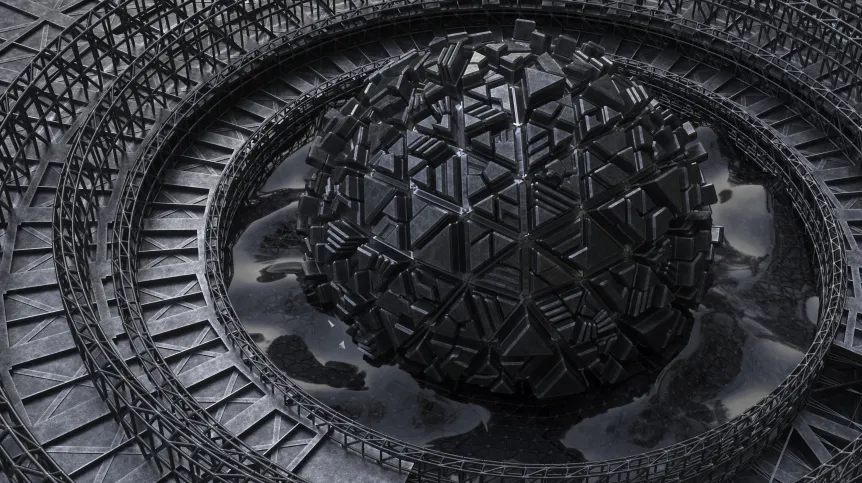
Tachyons are hypothetical particles that travel at speeds faster than light. Until recently, they were generally regarded as entities that did not fit into the special theory of relativity. However, a team of physicists has just demonstrated how to make room for tachyons in theory.
A paper published recently in Physical Review D by physicists from the University of Warsaw and the University of Oxford has shown that many of these prejudices were unfounded. Tachyons are not only not ruled out by the theory, they also allow us to better understand its causal structure. The research was summarized in a press release of the Faculty of Physics, University of Warsaw, sent to PAP.
Motion faster than the speed of light is one of the most imaginative but also controversial issues in physics. Hypothetical particles that could move at superluminal speeds, called tachyons (from the Greek tachýs - fast), are the 'enfant terrible' of modern physics.
Until recently, they were generally regarded as entities that did not fit into the special theory of relativity. There were at least three known reasons for the non-existence of tachyons within quantum theory.
• First: the ground state of the tachyon field was believed to be unstable, which would mean that such superluminal particles would avalanche on their own.
• Second: changing the inertial observer was supposed to lead to a change in the number of particles observed in the observer's frame of reference, and yet the existence of, for example, seven particles cannot depend on who looks at them.
• Third: the energy of superluminal particles could take negative values.
Meanwhile, researchers from the Faculty of Physics at the University of Warsaw under the supervision of Professor Andrzej Dragan and Professor Artur Ekert from the University of Oxford found that the previous problems with tachyons shared a common cause.
It turns out that the 'boundary conditions' that determine the course of physical processes include not only the initial state but also the final state of the system. Therefore, to calculate the probability of a quantum process involving tachyons, one must know not only its past initial state, but also its future final state. After taking this fact into account, the tachyon theory gained mathematical coherence.
'It is a bit like internet advertising - one simple trick can solve your problems', says Professor Andrzej Dragan, the driving force behind the entire research project. 'The idea that the future can influence the present instead of the present determining the future is not new in physics. However, until now, this type of view has at best been an unorthodox interpretation of certain quantum phenomena, and this time we were forced to this conclusion by the theory itself. To +make room+ for tachyons we had to expand the state space'.
The authors also predict that the expansion of the boundary conditions has its consequences: a new kind of quantum entanglement appears in the theory, mixing past and future, which is not present in conventional particle theory. The paper also raises the question of whether tachyons described in this way are purely a 'mathematical possibility' or whether such particles are likely to be observed one day.
According to the authors, tachyons are not only a possibility but, in fact, an indispensable component of the spontaneous breaking process responsible for the formation of matter. This hypothesis would mean that Higgs field excitations, before the symmetry was spontaneously broken, could travel at superluminal speeds in the vacuum.
The scientists involved in the research project were: Jerzy Paczos, a doctoral candidate at the University of Stockholm, doctoral candidate Kacper Dębski and student Szymon Cedrowski from the Faculty of Physics of the University of Warsaw, and four more experienced researchers: Dr. Szymon Charzyński, Dr. Krzysztof Turzyński, Professor Andrzej Dragan from the Faculty of Physics, University of Warsaw and Professor Artur Ekert from the University of Oxford.
PAP - Science in Poland
lt/ agt/ kap/
tr. RL













